Last Updated on June 7, 2024
In this episode of the Best Horror Movie You Never Saw video series, we’re going to be telling you all about the cult classic 1990 science fiction nightmare Hardware (pick up a copy at THIS LINK), a movie that’s too often overlooked as a yuletide viewing option. When movie fans are celebrating the holidays with the likes of Die Hard and Gremlins, they should also leave some room in the schedule for Hardware.
CREATORS / CAST: This film was the feature writing and directing debut of South African filmmaker Richard Stanley, who was just 23 during production, and the basics of the story go back to a Super 8 short Stanley made when he was still a teenager. Inspired by Harry Harrison’s 1966 novel Make Room! Make Room!, which served as the basis for the film Soylent Green and was a look at the dangers of overpopulation, that short version of Hardware was not a horror story. It was merely a quirky look at the lives of a group of people trying to survive in a dystopian, overpopulated future. Stanley wanted to expand that short into a feature, and it wasn’t until multiple drafts had been rejected by potential producers and investors that he decided to rework the idea and drop his characters into a bloodbath. Trying to make Hardware as commercial as possible, he turned it into a horror story with a killer android and American lead characters.
The source of the horror is the M.A.R.K. 13, a homicidal android created by the government for the purpose of population control. Not content with just trying to bring down the number of Americans through a sterilization program, the government is planning to set these androids loose on the public – but before that plan is put in motion, one of the androids ends up in the apartment of a shut-in artist named Jill, played by Stacey Travis. Jill uses salvaged junk to create her art, so when her boyfriend Mo, played by Dylan McDermott, shows up at her place on Christmas Eve and gives her the head of a M.A.R.K. 13 that was found busted up in the desert, it actually seems like a nice gift. Problem is, the M.A.R.K. 13 is still active, it’s self-repairing, and as the night of Christmas Eve turns into Christmas morning, the android pulls itself together and goes on a rampage in Jill’s apartment, doing its best to kill everyone who crosses its path.
While the credits acknowledge that Hardware was inspired by a story called Shok!, which was written by Steve MacManus and Kevin O’Neill and published in the pages of the 2000 A.D. comic book, Stanley himself seems reluctant to admit it, saying the M.A.R.K. 13 was primarily inspired by the killer robot in the 1980 film Saturn 3, as well as a recurring nightmare he had about a metal skull being unearthed in a desert. However, if you read Shok! it’s tough to believe that the similarities found in Hardware could be mere coincidence. Shok! was only seven pages long, so the film greatly expands on the ideas in those pages, but nearly everything in Shok! can also be found in Hardware. It’s good that the Shok! creators got a nod in the credits.
BACKGROUND: While the addition of the M.A.R.K. 13 made Hardware more appealing than the previous version of the story was, it still took years before the project went into production. Stanley directed music videos to pay the bills, and pondered self-financing and making Hardware on his own, figuring he could shoot it in a warehouse and bring the M.A.R.K. 13 to life with stop-motion animation. Disillusioned by some of the videos he had to make, he nearly gave up on filmmaking entirely and decided to spend some time in the Hindu Kush mountains in Afghanistan. There he inadvertently got swept up in the end of the Soviet – Afghan War and the beginning of the Afghan Civil War, and found himself making a documentary in the middle of battles where thousands of people lost their lives. He was in a hospital in Pakistan when he got the call from a producer saying there was interest in getting Hardware into production. Stanley caught a flight to London, where he immediately dove into making his movie.
Made on a budget of around a million dollars, Hardware was financed by Miramax and Palace Pictures, and the fact that producer JoAnne Sellar was the managing director of Palace’s music video division was probably a great help when it came to landing a couple cameos from popular musicians. Iggy Pop has a voice acting role as radio DJ Angry Bob, a character who was originally meant to be voiced by Johnny Rotten. Lemmy essentially seems to be playing himself in his cameo as a gun-toting cabbie, but that role was intended for Sinead O’Connor. Stanley had a working relationship with the band Fields of the Nephilim, which is why lead singer Carl McCoy shows up in the film. McCoy is the first person we see on screen, the nomad who finds pieces of the M.A.R.K. 13 in the desert.
Stanley wanted to cast a pair of genre fan favorites in prominent roles. The Mo character was written as a long-haired, drug-addicted mechanic who was dying of cancer, and Stanley wanted him to be played by Bill Paxton, fresh off of Near Dark at that time. It sounds crazy, but apparently no one at Palace or Miramax knew who Paxton was, so even though he was interested in taking the role, the higher-ups were hesitant to give him an offer. By the time an offer was made, Paxton had already signed on to be in Navy Seals, so he was no longer available for Hardware. The other genre regular Stanley wanted in the movie was Re-Animator’s Jeffrey Combs, who would have played Mo’s also-drugged-out buddy Shades. At the end of the day, Stanley decided to give up on the idea of having Combs play Shades because he was only allowed to have two Americans in the cast, and they were going to be Jill and Mo.
The director got his number one choice for Mo’s girlfriend Jill when he cast Stacey Travis, who had a small role in Phantasm II. Although Travis was an unknown, Stanley saw that she had great potential. In exchange for being able to cast her, Stanley let Miramax pick the actor for Mo. Their choice was Dylan McDermott, which forced Stanley to completely re-think the character. Mo became a short-haired career military man, and if he has cancer in the finished film the only sign of it is some coughing. McDermott’s Mo also shares the actor’s Christian faith and reads the Bible, which is something the Mo envisioned by Stanley would not have done. While the director and the Miramax-chosen actor had some issues on set, McDermott’s suggestion of having his character look up Mark chapter 13 in his Bible did lead to the discovery that the Bible passage that’s also the name of the killer android contained a line which went with the film perfectly: “No Flesh Shall Be Spared”.
Palace wanted to make Hardware because they had distributed Sam Raimi’s The Evil Dead and felt that Stanley’s film could be equally visceral and unrelenting. The director was certainly out to shock and disturb, but he ran into some resistance along the way. McDermott joined some members of the crew in objecting to certain moments of violence and questionable content, and Miramax even prevented Stanley from filming a couple of the violent death scenes he had planned. The bloody violence he did manage to bring to the screen was so intense that the MPAA gave the film an X rating, and it had to be whittled down a bit to receive an R.
With the R in place, Hardware was given a decent theatrical release – quite an achievement for the young first-time feature filmmaker, and something which came as a bit of a surprise to Stanley himself. He thought Hardware was destined to fall into direct-to-video obscurity, lumped in with the Alien, Terminator, and Blade Runner cash-ins of the time. Instead, it was a theatrical success. It made its budget back through distribution deals, then pulled in over five million dollars at the U.S. box office alone. It won a cult following, and that cult of Hardware fans has continued to grow over the last thirty years. Yet somehow the movie still hasn’t become known as a Christmastime favorite.
WHAT MAKES IT GREAT: During production, Stanley told Fangoria magazine, “Hopefully (the film) will play like the worst possible drug trip. I’d like it to be a genuine psychedelic experience.”
He was successfully able to capture that feeling, as Hardware is a very trippy and surreal film with fascinating visuals. It blends dirty dystopia, cyberpunk elements, and a colorful lighting style inspired by the work of Italian genre filmmaker Dario Argento with a dream-like atmosphere that’s also reminiscent of Italian horror. That nightmarish trip feeling is enhanced by the presence of characters who are actually tripping on drugs. Stanley has said that he and cameraman Immo Horn, who had been in Afghanistan with him, were both still processing the trauma of having been in the midst of battle during the making of the movie. They had come close to being killed in the final battle they witnessed, and at one point Horn said he felt like they might have actually died, and the production of Hardware was part of their afterlife. Stanley agreed, “It did feel a little uncanny, as if we weren’t really on set but in Hell all along, and that the folks surrounding us weren’t really our friends, colleagues, and loved ones but demons sent to devour us. …It helped give Hardware a certain edge, an authentic stench of trauma. Hardware is what we had instead of therapy.” Hearing this makes sense, because it does feel like a movie that was made by a person who was in a particularly troubled mindset.
Stanley’s initial desire to make a character study set in a dystopian world is apparent, as he takes his time building up to the horror. Roughly the first half of Hardware is still a dystopian drama, the characters just happen to be handling the M.A.R.K. 13 skull at the time. We see how terrible the world has become, we’re introduced to strange, downbeat characters struggling to survive, we hear reports about high radiation levels and the measures being taken to deal with overpopulation. The leads live in filth, and interact with people who are even filthier and more disgusting than their surroundings. When the M.A.R.K. 13 starts to go on its rampage, bringing some violent action into the picture, it’s almost a relief compared to how dreary the build-up is.
While McDermott and John Lynch do fine work in their roles as Mo and Shades, it’s almost impossible to watch them without imagining what it might have been like if Bill Paxton and Jeffrey Combs had been able to play the characters. It’s not that there’s anything wrong with McDermott and Lynch’s performances, it’s just that Paxton and Combs are so cool… However, there are no second thoughts about the casting of Stacey Travis as Jill. Stanley absolutely made the right choice in making her the heroine of the film. Travis was very enthusiastic about getting the chance to play the character and put her all into it. She told Fangoria that she found Jill to be an interesting person, and that the part allowed her to “stretch her emotions”. She said, “(Jill is) coming from a hardened place, emotionally speaking. The exteriors of the film – the world she’s in – are so horrible, and she’s resigned herself to that. It’s a natural defense. She’s shut herself up in the apartment and doesn’t really come out unless she has to. Then when all the mayhem starts happening and more and more people start coming in, she has to open up, but that fighting spirit, that sense of territory, is still there.”
Not only does Jill have to face off with an android that turns her apartment into a slaughterhouse, she also has a sleazy, scumbag stalker spying on her from a nearby building – and then showing up at her door. Jill, and therefore Travis, gets put through the wringer in this movie, and Travis delivers a strong, captivating performance in the process.
Of course, even with Travis’s performance, the film wouldn’t work if the M.A.R.K. 13 wasn’t a convincing threat. The effects team, which included future Blade director Stephen Norrington, didn’t have much money to work with, but they were able to make sure this thing looked like a functioning android that could truly mess people up.
BEST SCENE(S): The best scenes in Hardware involve the M.A.R.K. 13 going after its intended victims. Any time you have a killer android threatening humans with chainsaws and drills, or causing them to get cut in half by a security door, it’s a win. One especially great moment comes when Jill’s slimy, appalling stalker Lincoln, played by William Hootkins, infiltrates her apartment. On any other night, this situation surely would have gone in an awful direction – but since there’s a killer android in the apartment, it instead goes in an awesome direction, with Lincoln getting a very satisfying comeuppance.
Beyond the violence, viewers also tend to remember the shower scenes that have the Public Image Limited song “The Order of Death” playing on the soundtrack. Anyone who watches Hardware is likely to have lines of that song – the repeated “This is what you want, this is what you get” – stuck in their head for a while afterward. One of those shower scenes leads into a sex scene, because remember, Stanley was trying to make this as commercial as possible, while also making sure it was as weird as it needed to be.
PARTING SHOT: Stanley was not in a great mood when Hardware was first released, which explains an old quote in which he put it down as a “pretty dumb film” simply because it was written to appeal to a wider audience. Thankfully he came around on it, and a couple decades later he introduced a screening of it by saying, “I think the movie hasn’t entirely lost its edge … It still hurts more than one expects it to, which I’m pleased by.”
Thirty years away from its release, Hardware still holds up as a relentlessly weird and bleak vision of a future no one wants to live in, but which we might be getting closer to every day. Stanley and his crew brought his dystopia to the screen with unique style, making it clear that he was a filmmaker to keep an eye on. Unfortunately, he hasn’t been able to make as many movies as anyone would have liked, including himself, but he seems to be having a much-deserved resurgence now, thanks to his H.P. Lovecraft adaptation Color Out of Space, and it’s still worth going back to see this impressive start to his feature filmmaking career.
It’s also worth watching to see the M.A.R.K. 13 make a mess of some already messed up people, the violence and disaster set to a cool soundtrack that includes the music of Iggy Pop, Motorhead, Ministry, and composer Simon Boswell, plus that unforgettable song from Public Image Limited. “This is what you want, this is what you get.”
Some previous episodes of The Best Horror Movie You Never Saw can be viewed below. To see more, check out our YouTube channel JoBlo Horror Videos – and subscribe while you’re at it!


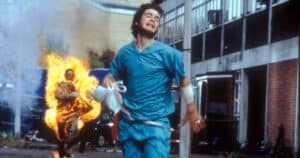




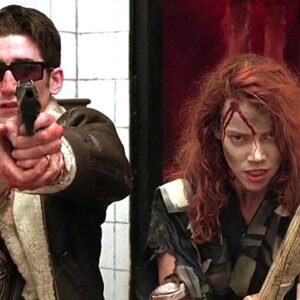

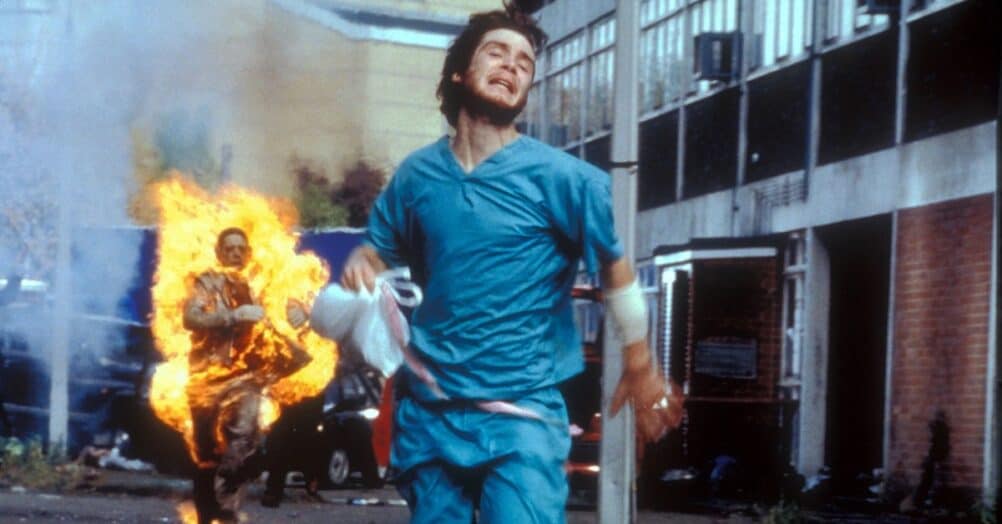





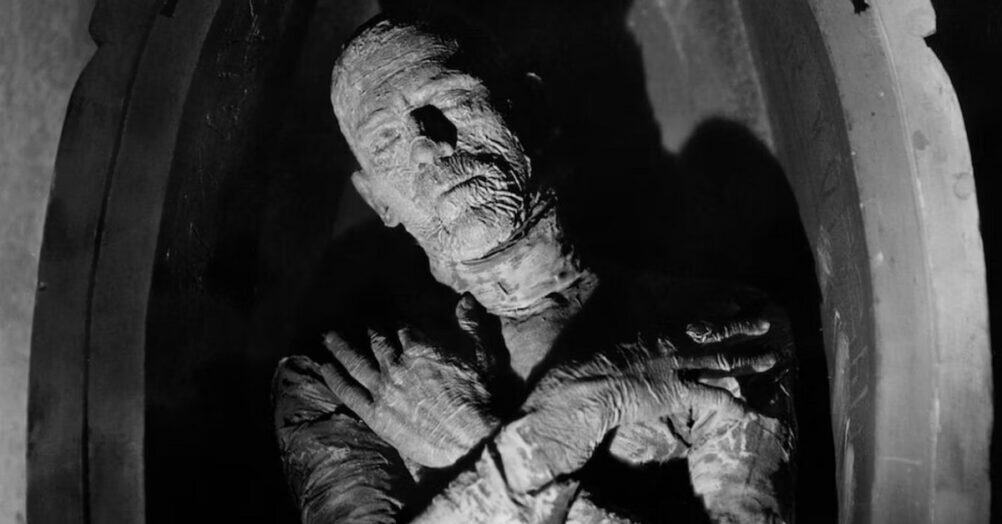
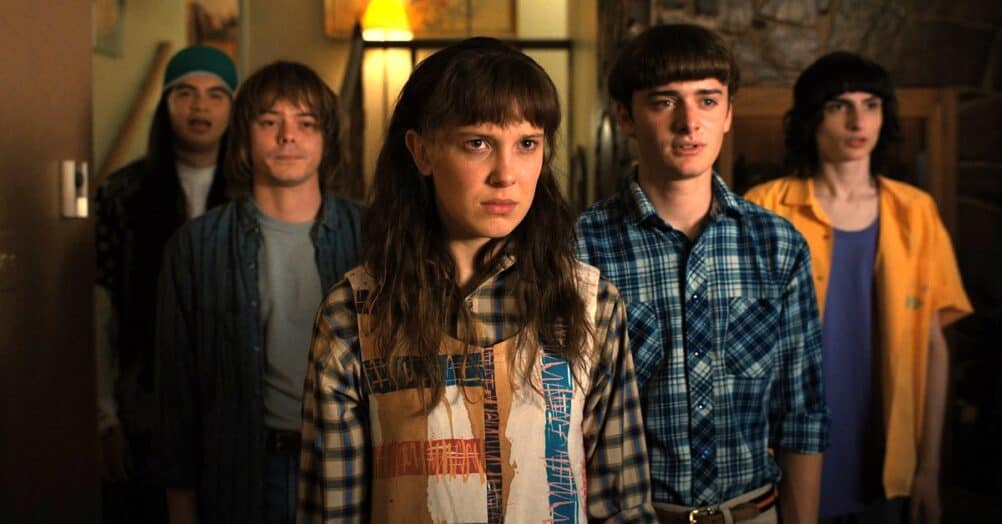


Follow the JOBLO MOVIE NETWORK
Follow us on YOUTUBE
Follow ARROW IN THE HEAD
Follow AITH on YOUTUBE